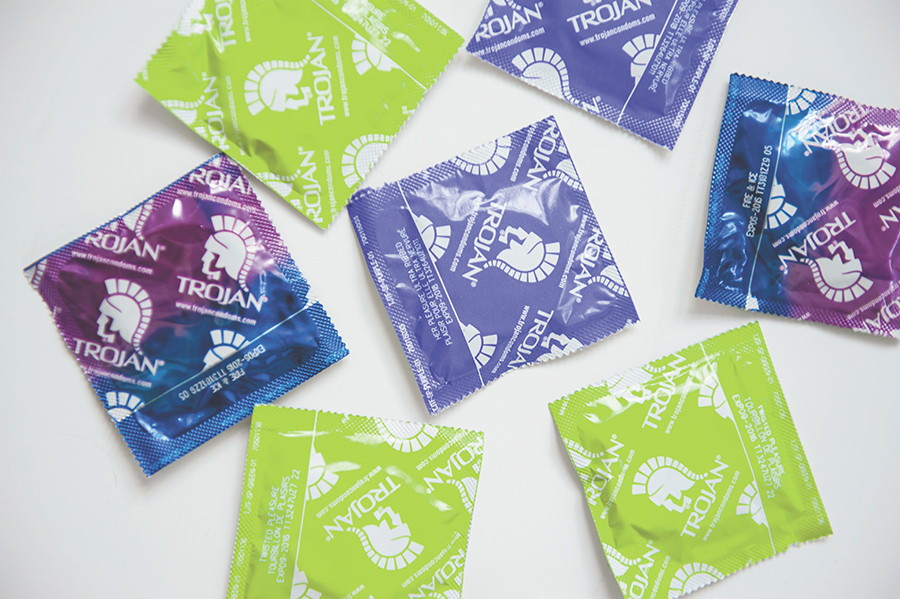Check up and suit up
Sexual health amongst students continues to prove an issue
The lessons have often been cemented by the time we start post-secondary classes: always use a dental dam or condom, get tested frequently for sexually transmitted infections, ensure open conversation with partners. But something’s not working. Manitoba has the highest rate of chlamydia among the provinces, and is the silver medallist in the category of gonorrhoea; the latter’s rate was quadruple the national average in 2006 according to the Winnipeg Regional Health Authority (WRHA).
“The highest rates of STIs are under the age of 25,” notes Wayne Inkster, an outreach worker with the WRHA’s harm reduction team. “That age group is the most sexually active. Younger people tend to have more of this superhero complex: ‘well that won’t happen to me.’ A lot of times, students are away from home for the first time. They don’t have a doctor or somebody they feel comfortable talking with about testing, or have never talked to anyone professionally about sex, period.”
There are a multitude of resources in the city to help confront these issues. Most immediate to the University of Winnipeg is Klinic on Campus, a weekly iteration of the non-profit health centre located on Portage Avenue: every Thursday, it provides free information on birth control, pregnancy and sexual health from a spot in Sparling Hall. There’s also the LGBT* Centre, located in the Students’ Centre, that distributes safer sex supplies free of charge.
Beyond the walls of the University, anyone can acquire the goods at the WRHA’s Health Sexuality and Harm Reduction office at 496 Hargrave Street or the Nine Circles Community Health Centre at 705 Broadway.
Inkster also suggests people check out getsomecondoms.com for a map to the closest resource centre.
Roselle Paulsen, the director of programs at the Sexuality Education Resource Centre (SERC), adds safer sex for students isn’t just about the supplies or statistics.
“They may be well-informed about preventing STIs, but that may not translate into impacting their actual behaviour,” she explains. “There’s passion, impulsivity, lust, love. If we don’t tie all of those kinds of emotional things to the discussion, then somebody could get 100 per cent on a test of answering ‘what should this couple do in this situation?’ but there’s no guarantee they’re actually going to have a conversation about sexual protection.”
One local approach to reducing the stigma around safer sex has been the WRHA’s usage of One Condoms, a type of rubber packaged in colourful, humorously labelled tins (to top it off, some of the proceeds from each purchase go to HIV/AIDS prevention and treatment in Africa). Inkster explains that the distribution of unconventional contraception has encouraged people to openly discuss safer sex practices.
“It’s normalizing them,” he says. “People aren’t as scared of them. They’re picking them up, they’re laughing at them, they’re talking about them, they’re showing them to friends, so they’re not afraid to touch a condom or say the word.”
So there’s no excuse, kiddos: get your checkup and suit up before diving in.
Published in Volume 69, Number 1 of The Uniter (September 3, 2014)







